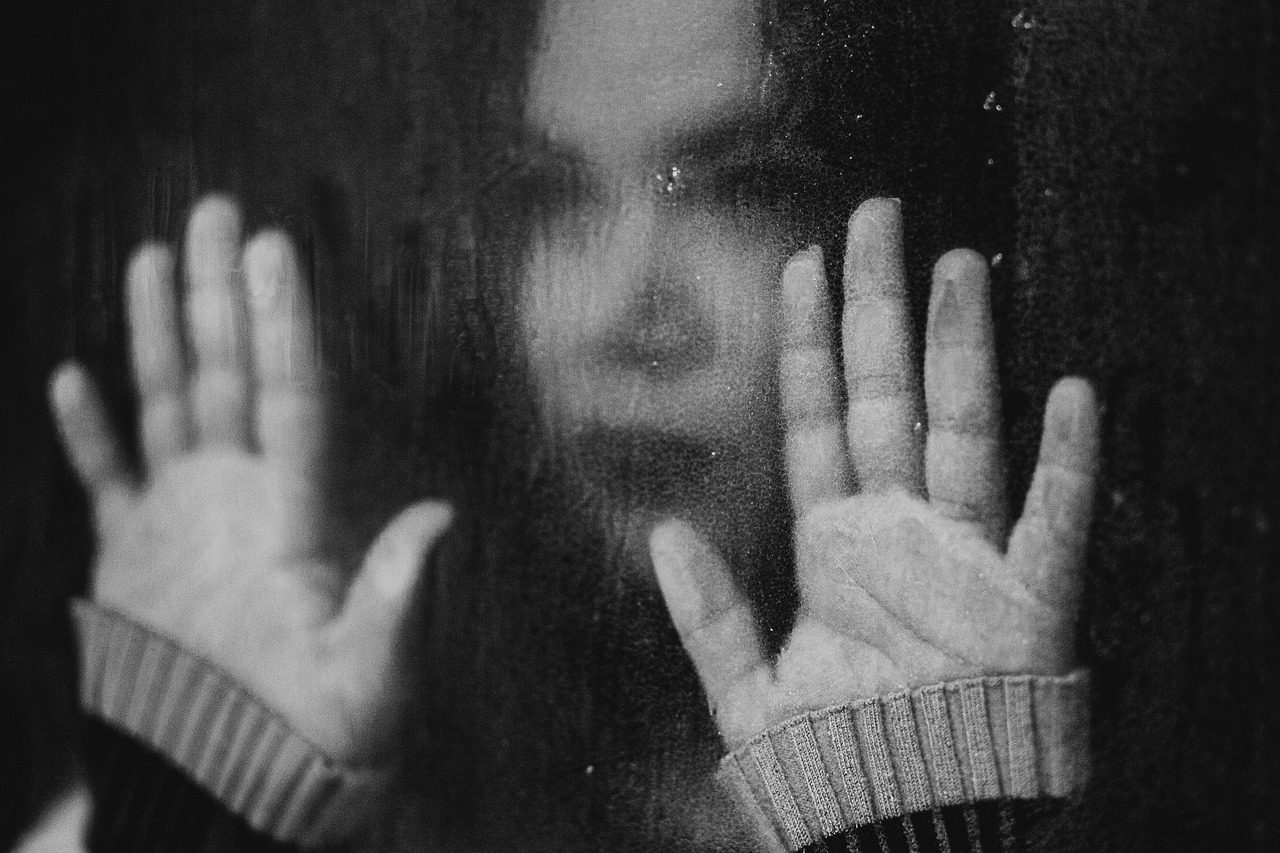By the time you read this, a life could be lost. And it didn’t have to be.
Warning: This blog is extremely sad and disturbing.
A 28-year-old woman in the Netherlands is choosing to be euthanized due to her mental illness. She sides with the proponents of the right-to-die movement who promote the belief that everyone should have access to euthanasia. They call this EAS (Euthanasia Assisted Suicide).
Yes, a person in her 20s who experiences significant mental health challenges can choose to opt out of life and put an end to her misery. In the process, she believes she will no longer burden others. Her suffering will finally cease.
This young woman hasn’t found her place in the world. Her life is challenged by depression, autism and borderline personality disorder. Yet she lives with a boyfriend she loves, has a nice house and two cats. But she feels hopeless because her psychiatrist told her there is no more that can be done. Her current state will be her permanent state. This is not a message of hope, nor one she wants to embrace.
What’s wrong with this thinking? So much. It’s eugenics. Eugenics is all about reducing social ills through eliminating people who aren’t improving the human race. Eugenics doesn’t value the sacredness of life and is falsely wrapped in a dignity with dying package. And it has caught on, in part, due to social contagion and an overemphasis on personal autonomy.
Now, let’s talk about the three conditions mentioned in this young woman’s story. First, psychiatric disorders are often characterized by suicidal thoughts. All three of her listed conditions are in this category. Also, depression is hallmarked by cognitive distortions, meaning patients do not think clearly when severely depressed. Depression treatment should provide hope and be a collaborative problem-solving mission.
Treatment resistant depression is a type of depression that doesn’t respond to conventional treatments. But there are newer treatments that may help. For example, esketamine, deep brain stimulation, adding lithium to an antidepressant, vagus nerve stimulation and more. Exercise, avoiding alcohol, diet and lifestyle changes may help as well.
Second, we certainly know how to treat borderline personality disorder. There are standard treatments (Dialectical Behavior Therapy-DBT) that help people become interpersonally more effective, tolerate distress and emotionally regulate. DBT also helps with suicidal feelings. In fact, it was originally designed for suicidal patients.
Third, while it’s true that autism is not curable as it is a neurodevelopment disorder, people still benefit from certain treatments. The suicide risk of people with autism is 4 times higher than those without. Depression often accompanies the disorder due to loneliness and not fitting in. But if you are depressed, your thinking is compromised and you do not make good decisions. There are support centers and groups that specialize in helping people adjust and live a meaningful life with autism. Treatments for autism can improve quality of life.
Yet, an AP story in World News reported that several people with autism and intellectual disability are among those being euthanized in European countries. One of the reasons? They believed they could not lead normal lives. One has to question what “normal” means.
In this case, the young woman who wants to die found someone who loves her and lives with him. She is not socially isolated without a partner. In fact, she is asking him to be with her when she ends her life. I can’t imagine looking at a healthy young woman with mental illness and watching her die. It’s unconscionable! Her emotional pain is not beyond treatment. However, she is inadvertently being given purpose by showing others how to die and opt out of life.
Now, let’s look at her view that death will liberate her from suffering. This is based on a belief that nothing follows death. What if she is wrong about eternity? The Christian belief is that life apart from Christ will end in eternal suffering. Hell is real and devoid of God. From this point of view, she is trading temporary suffering for eternal suffering. In the article I read, she is a little afraid of dying. Pay attention to this fear. It signals something deeper.
Finally, what type of doctor takes away hope from any patient and would agree to end their life? This action is not based on a professional oath. Making suicide by euthanasia an option is based on lies and offered to people in the most vulnerable state. This is amoral, goes against the oath to do no harm, and denies a spiritual reality. It is a slippery slope to marginalize people who are neurotypical or don’t fit in. Who is next?
Has anyone suggested a spiritual solution? Is Christ beyond transforming even the most difficult life? What would happen if people were given hope and understood their lives have purpose and meaning? What would happen if a person of faith was part of the conversation to present a view apart from secular humanism? For people of faith, suffering, while not something we want in our lives, is part of the Fall. Meaning can be found in suffering.
This right-to-die movement is another over extension of personal autonomy trumping ethical boundaries. The so-called dignity to die is disguised but is the ultimate sin, pride. When we know better than God what is right for our lives, ignore His reality, and determine our path apart from Him, we commit the original sin. Pride goes before destruction.
We need to pray that eyes will be opened, hearts will be surrendered. I am sad. This young woman doesn’t need death by suicide. She needs her Savior.



